Your Guide to Getting Started with Display and Programmatic Advertising
When advertising went digital, moving beyond traditional media like print, radio, and television, an entire world of new opportunities resulted. In 2022, there’s a variety of ads and many ways to purchase them. For a business or individual dabbling in digital advertising, this is both exciting and tricky. What is a display ad, and what makes an ad programmatic? How do you ensure your choices are the best? The biggest question you may have is: How do you even get started? Let’s dive in.

What is display advertising, and what are its benefits?
Display advertising comes in many forms including text, images, interactive, video, or audio. The common feature for all these ads is the call-to-action (CTA), beckoning users to click through to a landing page or site to take an action. Display ads are pay-per-click (PPC) advertising, but they aren’t paid search ads. In addition to the CTA, display ads are all about brand messaging to promote your campaign in the best possible market position. Most often, display ads are charged on a cost-per-click (CPC) basis. So, when a user clicks on your ad, you are charged according to what you agreed to in your bidding strategy. Targeting techniques for display ad campaigns include:
- Site placement: You choose the sites where it will run.
- Contextual placement: Ad placement is determined by keyword research similar to the content of your ad.
- Remarketing: Ads target users who have already visited your website.
The benefits of display advertising include:
- Brand awareness.
- Visual appeal and alignment with brand identity.
- Ability to target specific segments.
- Opportunity to clinch a sale with an existing target.
- Analytics that allow for the collection of data to track effectiveness.
- Lower cost than traditional advertising.
What is programmatic advertising?
Display advertising encompasses both the format of the ad and where it runs. In contrast, programmatic advertising refers to how the ad is purchased and placed. Programmatic uses software to buy digital ads. As the advertiser, you use automation to buy the space, choose the best fit for your brand, and target those specific audience segments you seek.
The goal of programmatic advertising — no matter the size of your company — is a better return on investment (ROI). This approach uses traffic data and your segment strategy to achieve the impressions to satisfy the goals of your plan. The data generated to analyze the plan in action allows marketers to optimize and improve the campaign while it’s running. This is called agile marketing.
So, what are the drawbacks, and how might programmatic advertising help?
There is a problem, and it is fraud. Advertising fraud uses fake traffic to deceive advertisers paying for impressions or clicks on the platforms used for delivery. Sophisticated bots are instead part of the ”audience,” creating false impressions or clicks. So, how can you use programmatic advertising the right way to prevent fraud?
- Select fraud ID metrics carefully. — Your choices must be discerning. Don’t rely on just ”visibility;” it is a metric that bots can easily fool. Use a combination of different metrics.
- Eliminate domain spoofing. — Beware of ”lookalike” sites. When you place real-time bids for your advertising campaign, check for legit domain names and registry data.
- Use ad fraud prevention tools. — There are third-party tools that help sift through the data to eliminate the risk of false positives when encountering bots or lookalike sites.
Where do you start with a programmatic ad strategy?
If you are going it alone, choose a Demand Side Platform (DSP). This is self-serve software (or platform) to run programmatic ad campaigns. You can also choose a programmatic ad agency that will help you use a DSP.
Going it alone or getting help from a trusted agency is about budget and other human resource factors. The benefit of going with an agency — especially if you lack creative in-house — is they can help you design for ads that best reflect your brand.
by: Byron Crowell, CEO and Founder
About Byron: After growing up in Tampa and playing college football at Virginia Military Institute (VMI), Byron ventured West and spent 20 years in the heart of California’s technology startup scene. In 1998, he built the first internet-based mystery shopping company. In 2002, he co-founded RetailEyes, which was sold to a UK-based conglomerate in 2011. However, his first business love has always been always B2B marketing and technology via Solution Publishing, which he founded in 2001. Byron moved his family back to Tampa and is on a mission to bring West Coast venture startup energy and experience to his hometown. He loves the Buccaneers and Lightning and is an active youth hockey supporter.
